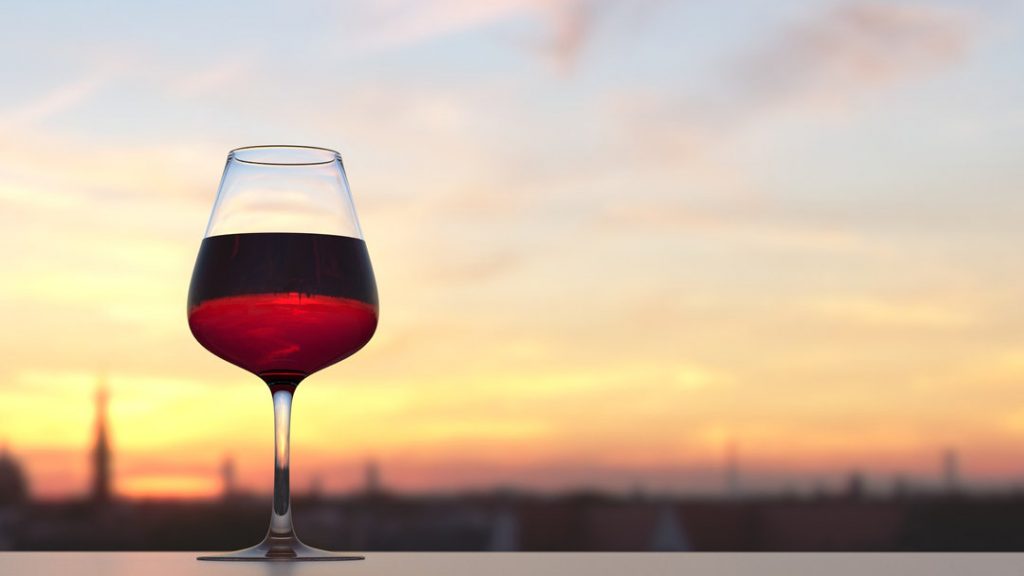Long-time amateur winemakers often talk about the mission grape. You don’t usually see it in a commercial wine shop or on a restaurant list, though.
Mission was and still is a grape available to home winemakers. The mysterious grape’s history stretches back centuries in the United States alone, and the grape is nearly ancient in Europe.
The grape earned its name from Spanish missionaries who brought cuttings from their native country and planted them in North and South America for sacramental wine. Commercial winemakers produced mission wines in the 19th century, but the grape faded from all but the home winemaking scene. In nations such as Chile, mission thrives under the local name “pais” and remains one of the most planted grapes, typically used to make a quick, cheap wine for local consumption.
In South America, Mission is making a comeback after producer J. Bouchon started messing with it, at first making wine from grapes off some old vines growing in a corner. It even found wild pais vines.
If you’ve ever seen native grapes in forests, you have probably noticed that in nature, they have evolved to wind up and around trees to steal sunshine. J. Bouchon makes a wine from this fruit as well, a “pais salvaje.”
Pais comes off very much like a Beaujolais: light, fruity and fresh. Often, it is called rustic, which is almost never a positive term in the wine world, but some people like the rustic quality of zinfandel, gamay or petite sirah. The lightness and acidity of pais invites tomato-based foods. Like Beaujolais, pais is better with a slight chill — 15 minutes in the refrigerator to get it to about 60 F.
And a Pais has turned up in Pennsylvania. (How often do you get to buy a wine made from a grape that relatively few people have heard of, let alone enjoyed?) Vina Morande has a line called “Pionere” (Pioneer), designed to explore new approaches to wine. In the case of pais, it’s a return to an old approach.
Vina Morande Pionero 2019 Reserva Pais Maule Valley Chili smells of herbs and tastes of raspberry and tart cherry. The wine has a light structure, making for a mouthwatering bistro or brunch wine. It’s a great deal and a great choice for red wine drinkers in warm weather. $9. ♦♦♦♦
In other parts of the state, you can find the J. Bouchon Pais Viejo for $12 or you can order a store transfer.
GRADE: Exceptional ♦♦♦♦♦, Above average ♦♦♦♦, Good ♦♦♦, Below average ♦♦, Poor ♦

David Falchek executive director of the American Wine Society, reviews wines each week. Contact: dfalchek@gmail.com


